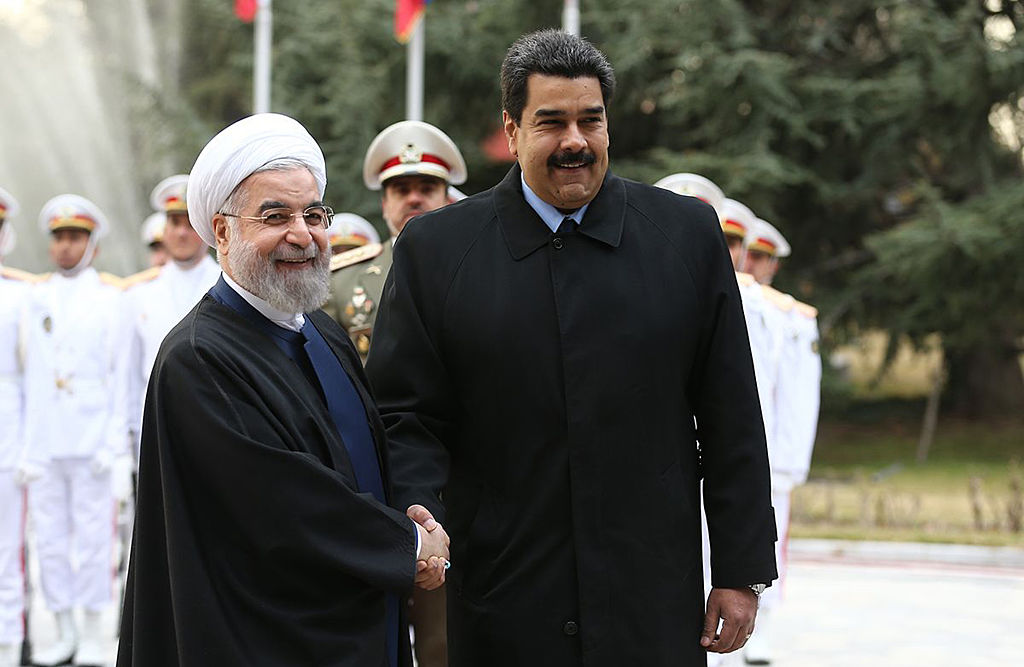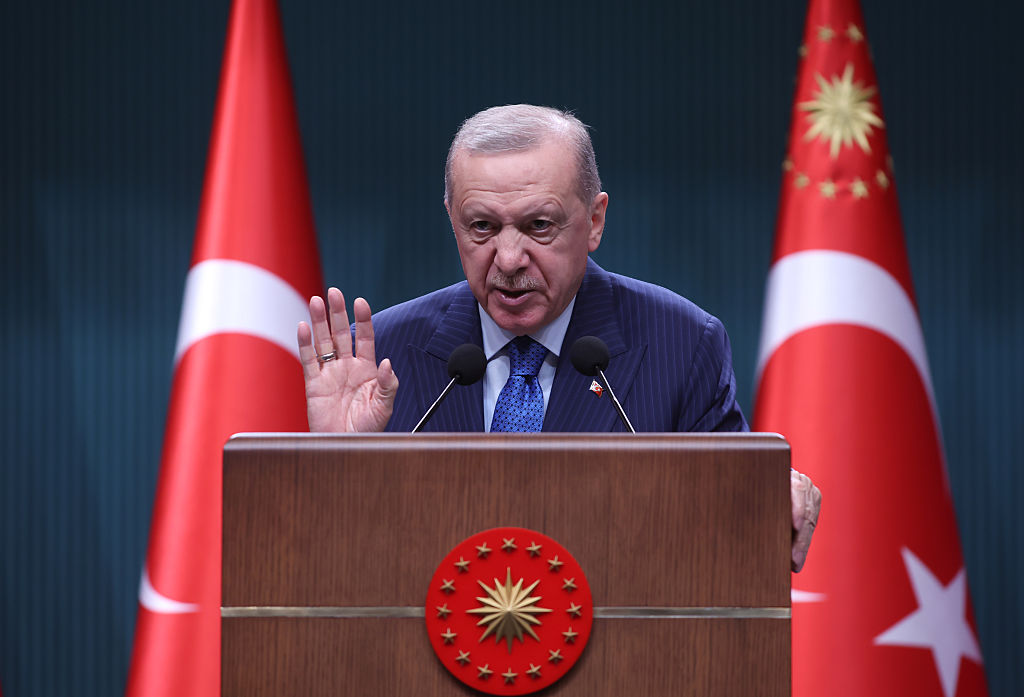Mohamad Hamad, a 23-year-old Air National Guardsman from a Palestinian refugee family, was charged last month with attempting to blow up Jewish institutions in Pittsburgh’s Squirrel Hill neighborhood, using homemade pipe bombs. Hamad allegedly vandalized the buildings with antisemitic slogans accompanied by Hamas-related symbols.
But Hamad was hiding in plain sight. If anyone had bothered to check his social media they have seen him boasting about holding extremist views and posing with weapons. “Been a terrorist since I was a kid in Lebanon,” he posted on social media alongside photos of him with AK-47 rifles and other firearms.
His case highlights a catastrophic flaw in US military vetting procedures. It reflects a broader and worsening trend of insider threats slipping past inadequate screenings into sensitive US institutions.
Another Hamad post read, “Ya Allah, I can’t take this anymore, I want to fight and die. I’m jealous of these fighters – they achieved the highest level of Jannah.” He brandished an AR-15-style rifle in one Instagram photo, chillingly captioned, “Inshallah one day each bullet in this mag kisses the foreheads of the Zionist oppressor.” Other posts featured ammunition caches, tactical gear and visuals glorifying Hamas militants. And yet he successfully joined the National Guard.
It’s clear that something is going badly wrong with US military and high-security vetting. In April 2025, Army analyst Korbein Schultz was sentenced to prison for espionage after selling sensitive military secrets to China. Schultz was paid $42,000 for the secrets, poorly disguised as payments for “car customization” services.
In March 2025, Staff Sergeant Jian Zhao, stationed at Joint Base Lewis-McChord, was arrested for conspiring to transmit national defense information to Chinese operatives. Zhao openly photographed classified materials and communicated through encrypted channels, further underscoring vulnerabilities in US security
In February 2025, former Private Brandon Clint Russell of the Florida Army National Guard was convicted of plotting attacks on Baltimore’s power grid, driven by neo-Nazi “accelerationist” beliefs. Russell detailed his extremist plans online, explicitly outlining attacks on electrical substations to provoke chaos and further white supremacist goals (Reuters).
In October 2024, CIA analyst Asif William Rahman leaked highly classified intelligence detailing Israeli military strategies targeting Iran. Rahman’s extremist beliefs were clear on his social media, where he regularly posted pro-Iranian and anti-American sentiments, openly criticizing US and Israeli policies. Yet, these posts passed unnoticed until significant diplomatic harm occurred. Rahman was arrested in Cambodia, pleaded guilty in January 2025, and awaits sentencing.
Tom Rothrauff Jr., CEO of Trident Group America, a US government defense contractor with decades of senior naval command experience – including 20 years as a Navy SEAL – and who specializes in security, emphasizes the human dimension of this growing crisis.
“Security screening can’t just be ticking boxes – not when real lives and national security hang in the balance,” he says. “Holding a security clearance doesn’t protect someone from influence. Foreign adversaries expertly use social media, shaping opinions, creating division, and targeting those in sensitive roles. These threats aren’t hypothetical; they’re happening right now. Continuous monitoring isn’t just important – it’s essential.”
Igal Unna, former director-general of Israel’s National Cyber Directorate, believes that insider threats now pose the gravest security risk – often surpassing external attacks in potential damage. “The biggest vulnerability remains human unpredictability,” he says. “Subtle signs, extremist sympathies, indicators of suicidal ideation, terror-related thinking, and connections to narratives or ideologies promoted by hostile actors regularly slip through initial screenings. These critical signals often remain overlooked until the threat becomes undeniable, by which point prevention may no longer be possible.”
Failure to swiftly implement these intelligence-driven measures could result in catastrophic consequences – terror attacks, infrastructure sabotage, or severe intelligence breaches risking countless lives. The threat is immediate and escalating. Any delay isn’t merely risky. It could prove fatal.


























Leave a Reply